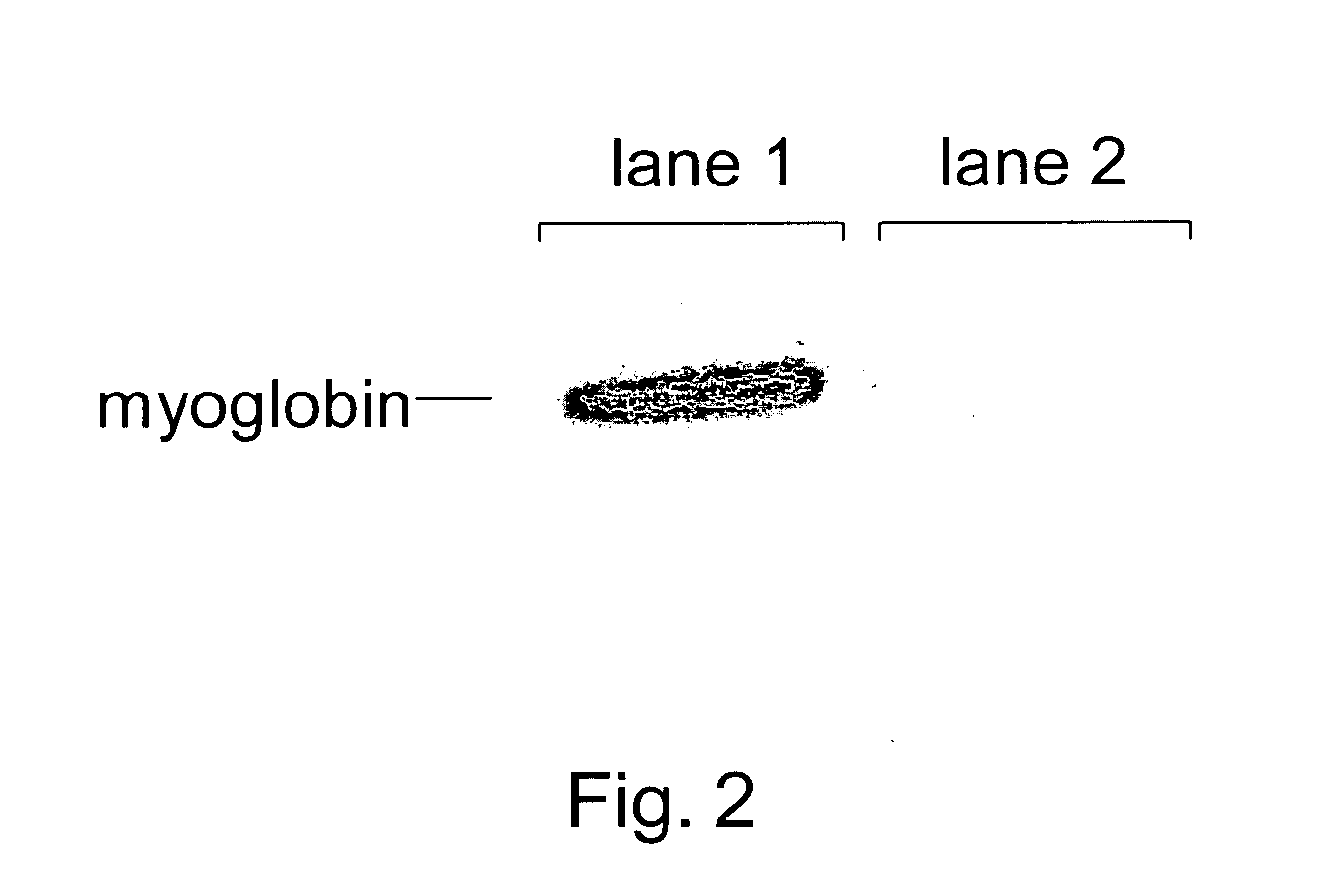Site-specific labeling of proteins for NMR studies
a protein and site-specific technology, applied in the field of translation biochemistry, can solve the problems of increasing the difficulty of nmr (nuclear magnetic resonance) spectroscopy studies of biological macromolecules, unable to resolve resonances in large proteins, and insufficient production of milligram quantities for nmr measurements,
- Summary
- Abstract
- Description
- Claims
- Application Information
AI Technical Summary
Benefits of technology
Problems solved by technology
Method used
Image
Examples
example 1
Site-Specific In Vivo Labeling of a Protein for NMR Studies
[0181]The following sets forth a series of experiments that demonstrate site-specific labeling of a protein for NMR. An isotopically labeled amino acid is incorporated into the protein, facilitating NMR studies of the protein (e.g., resonance assignment).
[0182]An M. jannaschii tyrosyl tRNA / tRNA-synthetase pair has been demonstrated to be orthogonal in E. Coli, i.e., neither the tRNA nor the synthetase cross reacts with endogenous E. coli tRNAs or synthetases. The specificity of this and other orthogonal tRNA-synthetase pairs can be evolved to allow the selective and efficient incorporation of a number of unnatural amino acids in response to nonsense and frameshift codons, including keto, sugar, azido, alkynyl, and photocrosslinking amino acids (Alfonta et al. (2003) J. Am. Chem. Soc. 125:14662, Deiters et al. (2003) J. Am. Chem. Soc. 125:11782, Zhang et al. (2003) Biochemistry 42:6735, and Chin et al. (2002) Proc. Natl. Acad...
PUM
 Login to View More
Login to View More Abstract
Description
Claims
Application Information
 Login to View More
Login to View More - R&D
- Intellectual Property
- Life Sciences
- Materials
- Tech Scout
- Unparalleled Data Quality
- Higher Quality Content
- 60% Fewer Hallucinations
Browse by: Latest US Patents, China's latest patents, Technical Efficacy Thesaurus, Application Domain, Technology Topic, Popular Technical Reports.
© 2025 PatSnap. All rights reserved.Legal|Privacy policy|Modern Slavery Act Transparency Statement|Sitemap|About US| Contact US: help@patsnap.com



